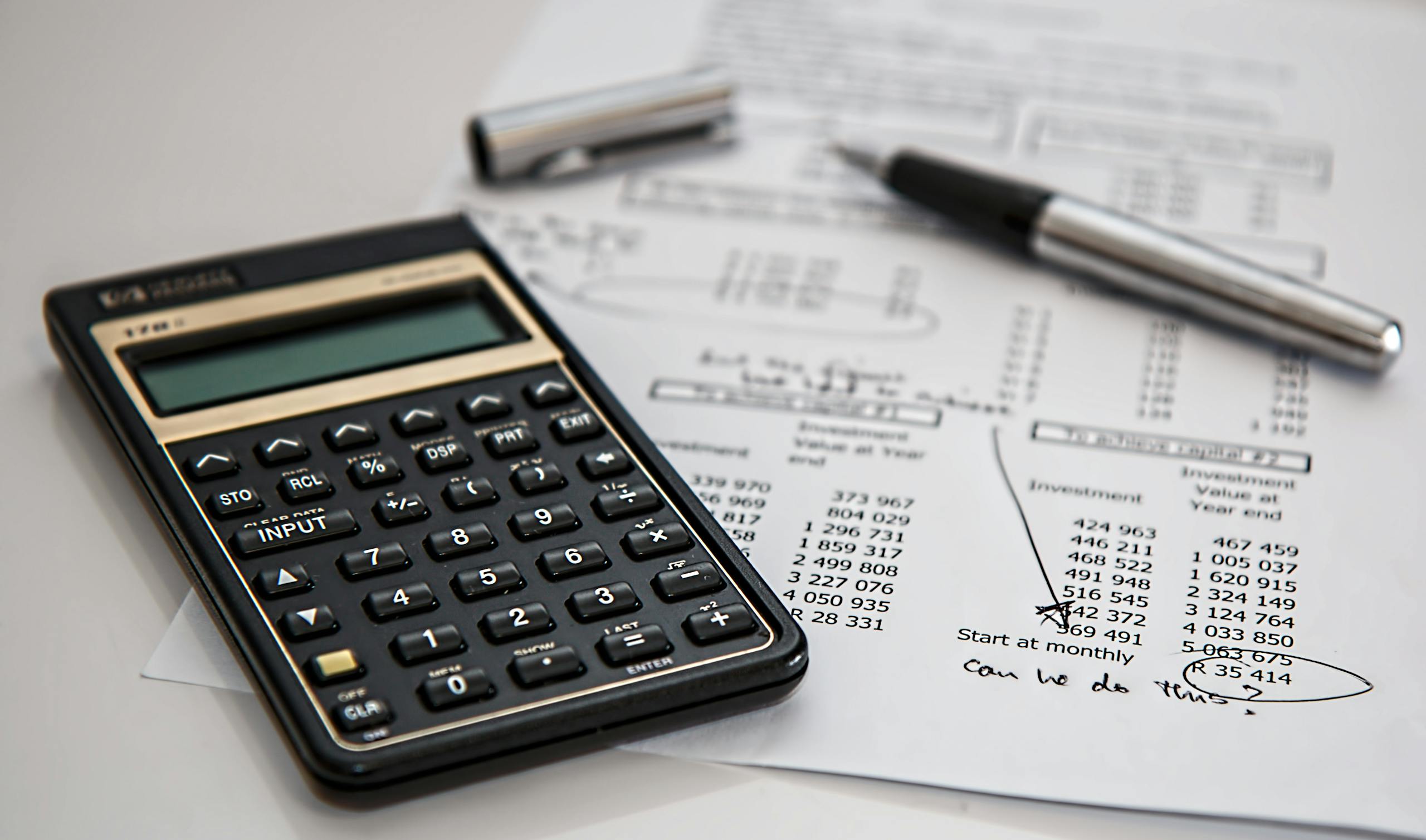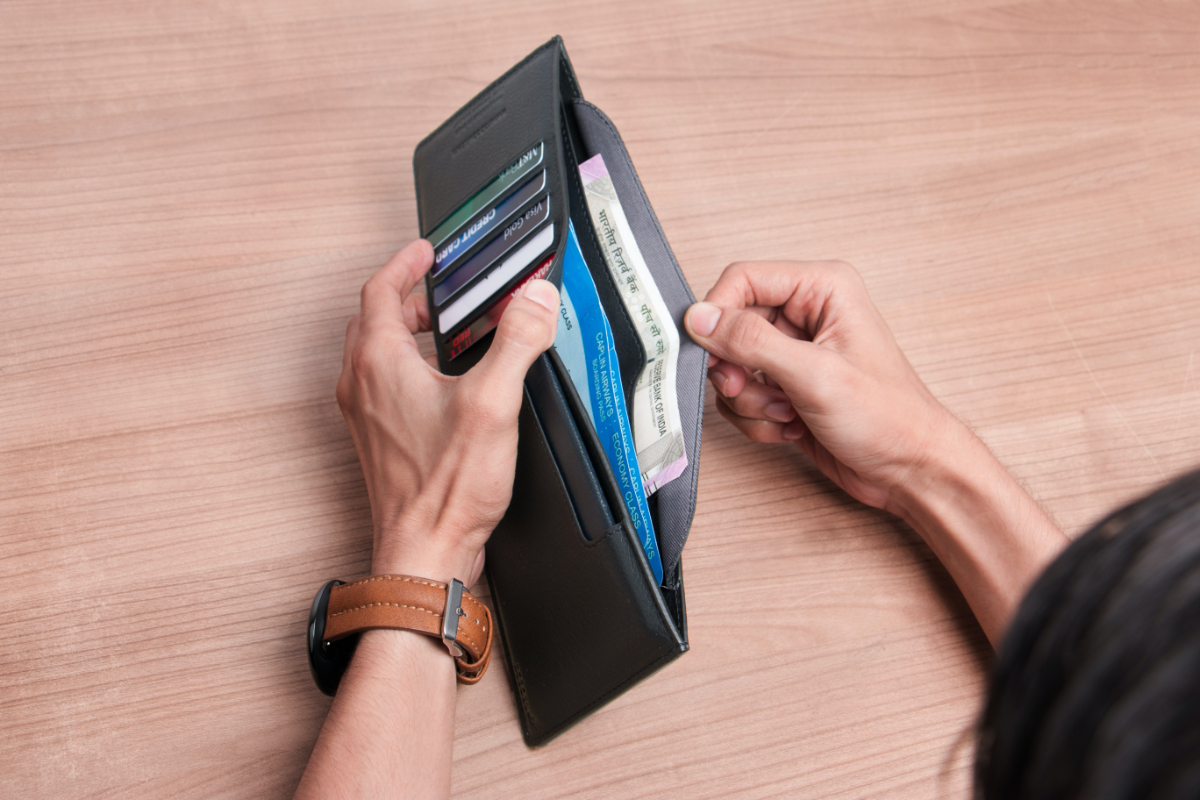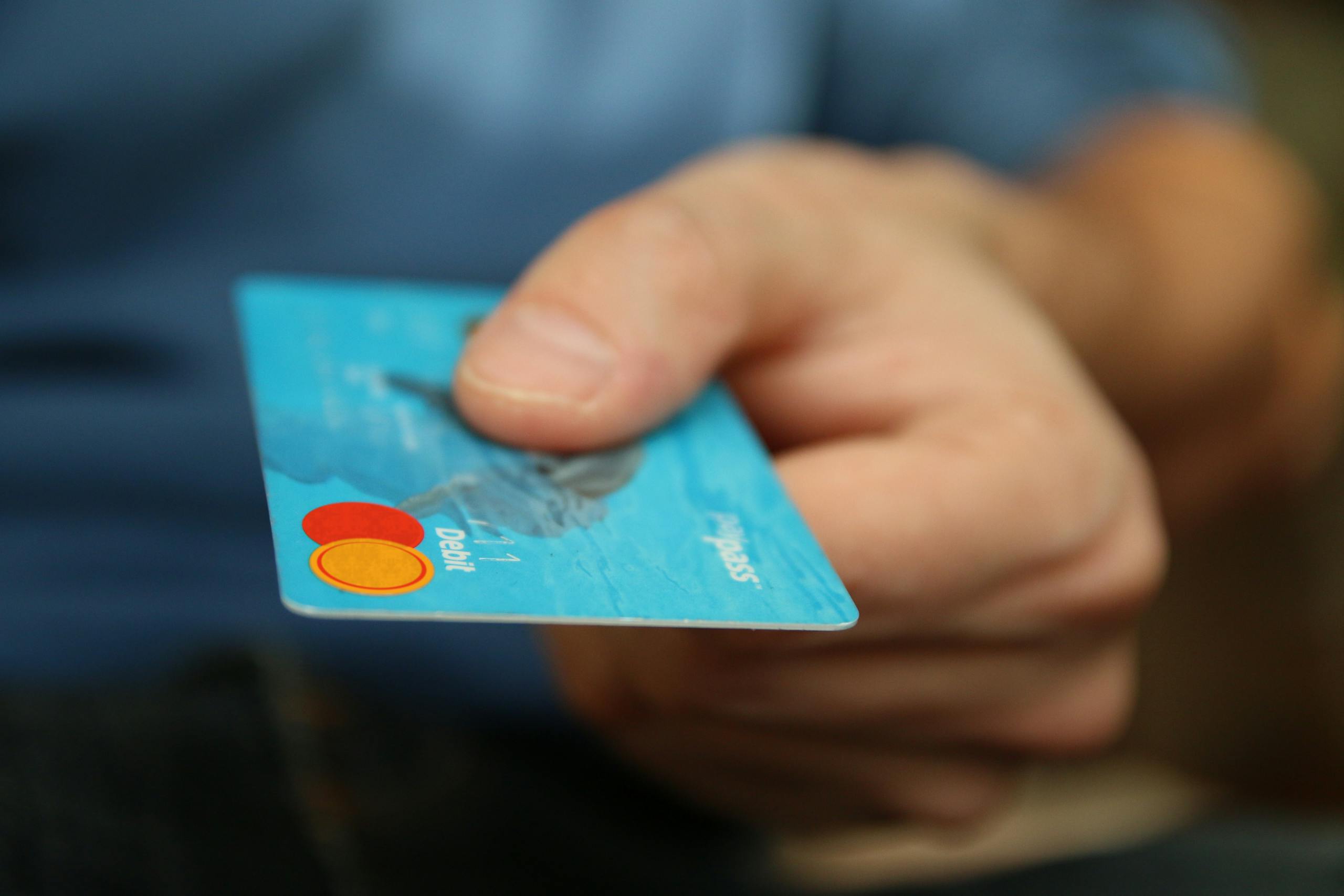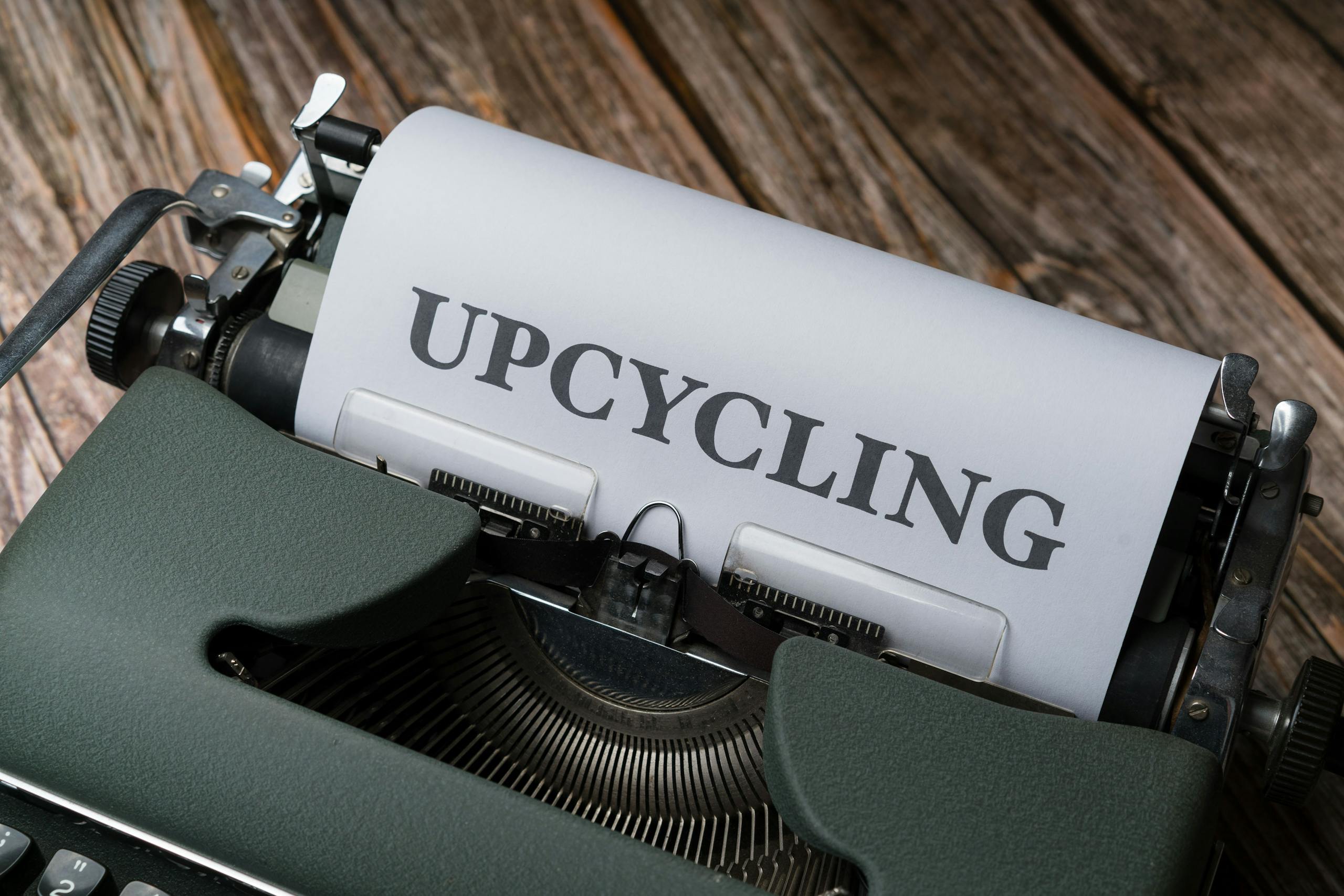Save More Money With The 50/30/20 Budgeting Method
There are some affiliate links below, but they are all products I highly recommend. For more info, view my disclosure here.
Are you tired of living paycheck to paycheck? Do you want to take control of your finances and start saving more money? Check out the 50/30/20 budgeting method.
This simple yet effective approach will help you allocate your income in a way that allows for essential expenses, discretionary spending, and savings. By following this method, you can finally achieve financial stability and work towards your long-term goals.
With the 50/30/20 budgeting method, you allocate 50% of your income to essentials such as rent, utilities, and groceries. This ensures that your basic needs are met without compromising your financial health. The remaining 30% is dedicated to discretionary expenses like dining out, entertainment, and clothing. The last 20% is allocated towards savings and debt repayment, allowing you to build an emergency fund and pay off any outstanding debts.
Implementing the 50/30/20 method requires discipline and careful tracking of your expenses. However, the long-term benefits are well worth the effort. By following this budgeting method, you can save more money, reduce financial stress, and work towards your financial goals.
So why wait? Start implementing the 50/30/20 budgeting method today and take control of your financial future.
Understanding the 50/30/20 Budgeting Method
Let’s dive into the 50/30/20 budgeting method so you can start saving more money and enjoy financial peace of mind!
This budgeting method is a simple and effective way to manage your finances. It divides your income into three categories: needs, wants, and savings.
Let’s talk about needs. These are essential expenses like rent or mortgage payments, utilities, groceries, and transportation costs. The 50% of your income should be allocated towards these necessities. By keeping these expenses at or below 50%, you ensure that you can cover your basic needs without overspending.
We have wants. These are the things that bring joy and happiness into your life, such as dining out, entertainment, or shopping. The 30% of your income should be allocated towards these discretionary expenses. It’s important to enjoy life and indulge in things that make you happy, but it’s equally important to keep them within a reasonable budget.
We have savings. This is where you prioritize your future financial goals. The 20% of your income should be allocated towards savings and debt payments. Whether it’s building an emergency fund, paying off debt, or saving for retirement, this category ensures that you are setting aside money for your future financial security.
By following the 50/30/20 budgeting method, you can gain control over your finances, save more money, and ultimately achieve financial peace of mind. Start implementing this method today and watch your savings grow!
Allocating 50% of Your Income to Essentials
When it comes to managing your finances, it’s essential to allocate 50% of your income to the things you absolutely need. This includes your rent or mortgage payment, utilities, groceries, transportation costs, and other necessary expenses. By dedicating half of your income to these essentials, you ensure that you have a solid foundation for your budget.
Start by calculating exactly how much 50% of your income is. This will give you a clear understanding of how much you have to work with for your essential expenses. Make a list of all the bills and costs that fall into this category and prioritize them accordingly.
Rent or mortgage payments should come first, followed by utilities and groceries.
Next, take a look at your transportation costs. This includes gas, public transportation fares, or car payments. Allocate a portion of your 50% to cover these expenses.
Consider any other necessary expenses like insurance or medical bills and factor them into your budget.
By allocating 50% of your income to essentials, you create a strong foundation for your budget. This ensures that you have enough money to cover your basic needs and helps you avoid overspending in this category.
With the 50/30/20 budgeting method, you can take control of your finances and start saving more money for your future.
Managing Discretionary Expenses with the 30% Rule
Managing discretionary expenses is all about finding the perfect balance between enjoying your money and being financially responsible. With the 30% rule of the 50/30/20 budgeting method, you can effectively allocate your income towards these non-essential expenses.
This category includes things like dining out, entertainment, hobbies, and personal care.
To begin, take a look at your monthly income and calculate 30% of that amount. This is the maximum you should be spending on discretionary expenses each month. By setting this limit, you can ensure that you have enough money left over for savings and essential expenses.
Next, prioritize your discretionary expenses based on what brings you the most joy and fulfillment. Maybe you love going to concerts or treating yourself to a spa day. Whatever it may be, make sure to allocate your funds accordingly.
It’s important to be mindful of your spending in this category. Keep track of your expenses and regularly review your budget to make adjustments if necessary. Look for ways to save money, such as finding deals or using coupons, without sacrificing the things you enjoy.
Remember, the 30% rule is just a guideline, and you can always adjust it to fit your personal circumstances. The key is to find a balance that allows you to enjoy your money while still working towards your financial goals.
Maximizing Savings and Debt Repayment with the 20% Allocation
To make the most of your savings and tackle your debts, you should prioritize allocating 20% of your income towards these crucial financial goals.
This means that if you earn $3,000 per month, $600 should be set aside for savings and debt repayment. By following this 20% allocation rule, you’re ensuring that a significant portion of your income goes towards building an emergency fund, paying off high-interest debts, and securing your financial future.
When it comes to savings, it’s important to have a safety net in case of unexpected expenses or emergencies. Aim to save at least three to six months’ worth of living expenses in an easily accessible account. This will provide you with a sense of security and peace of mind.
The 20% allocation should also be used to pay down any outstanding debts you may have. Start by prioritizing debts with the highest interest rates, such as credit card debt or personal loans. By making consistent payments towards these debts, you can save money on interest payments in the long run.
Remember, every little bit counts. Even if you can only allocate a small percentage towards savings and debt repayment initially, it’s still a step in the right direction. As your income increases or expenses decrease, you can gradually increase the amount you allocate towards these financial goals.
By following the 20% allocation rule, you’re taking control of your financial future and setting yourself up for long-term success. Start today and watch your savings grow and your debts diminish.
Tips for Successfully Implementing the 50/30/20 Method
Successfully implementing the 50/30/20 method requires careful consideration of your spending habits and prioritizing your financial goals. To help you make the most of this budgeting method, here are some tips to keep in mind.
First and foremost, track your expenses diligently. It’s crucial to know where your money is going in order to make effective changes. Use budgeting apps or spreadsheets to record your spending and categorize it according to the 50/30/20 framework.
Next, create a realistic budget that aligns with your income and financial objectives. Be honest with yourself about what you can afford and what you need to cut back on. Remember, the 50/30/20 method allows flexibility in the ‘wants’ category, but it’s important not to overspend and jeopardize your savings and debt repayment goals.
Another tip is to automate your savings and debt payments. Set up automatic transfers to your savings account and schedule payments for any debts you have. This way, you won’t have to rely solely on your discipline to save and pay off debts; it becomes a habit.
Regularly review and adjust your budget as needed. Life circumstances change, and so should your budget. Periodically evaluate your spending and adjust the allocations if necessary to ensure you’re staying on track.
By following these tips, you can successfully implement the 50/30/20 method and take control of your finances to save more money and achieve your financial goals.
Tracking Your Progress and Adjusting as Needed
Stay motivated on your financial journey by regularly reviewing and adjusting your spending habits and financial goals.
Tracking your progress is crucial to ensure you’re staying on track with the 50/30/20 budgeting method. Start by keeping a record of your income and expenses each month. This can be done through a budgeting app or by simply using a spreadsheet. By tracking your expenses, you’ll be able to see where your money is going and identify areas where you may be overspending.
Once you have a clear picture of your spending habits, it’s important to compare it to your financial goals. Are you saving enough? Are you spending too much in certain categories? Take the time to evaluate your progress and make adjustments as needed.
If you find yourself consistently overspending in one area, consider cutting back or finding ways to reduce those expenses. On the other hand, if you’re consistently under budget in certain categories, you may have an opportunity to increase your savings or allocate more funds towards other financial goals.
Remember, the 50/30/20 budgeting method isn’t set in stone. It’s a flexible guideline that can be adjusted to fit your individual circumstances. As your financial situation changes, so should your budget.
By regularly tracking your progress and making adjustments along the way, you’ll stay motivated and on track to save more money.
Long-Term Benefits of the 50/30/20 Budgeting Method
The 50/30/20 budgeting method offers long-term benefits that can positively impact your financial future. By following this method, you’re able to establish a clear and structured plan to save more money and achieve your financial goals.
One of the long-term benefits of the 50/30/20 budgeting method is that it helps you build an emergency fund. Allocating 20% of your income towards savings allows you to gradually accumulate a substantial amount of money that can be used to cover unexpected expenses or financial emergencies. Having an emergency fund not only provides you with a sense of security but also helps you avoid relying on credit cards or loans during difficult times.
The 50/30/20 budgeting method encourages you to prioritize and save for your future. By allocating 30% of your income towards wants and desires, you’re still able to enjoy the present while also saving for the future. This means that you can save for important milestones such as buying a house, starting a family, or retiring comfortably.
Moreover, the 50/30/20 budgeting method promotes a healthy financial lifestyle. By limiting your spending on wants to 30% of your income, you’re able to avoid excessive debt and live within your means. This method encourages you to make thoughtful and intentional decisions about your expenses, leading to a more sustainable and responsible financial future.
The 50/30/20 budgeting method offers numerous long-term benefits that can greatly improve your financial well-being. By following this method, you can build an emergency fund, save for the future, and adopt a healthy financial lifestyle. Start implementing this budgeting method today and secure a brighter financial future for yourself.






